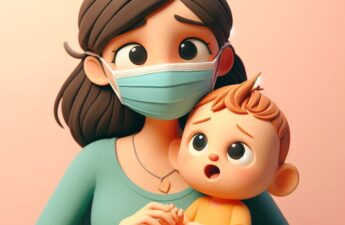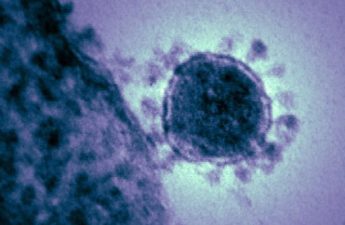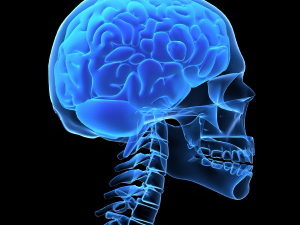
Sarah Hellewell, Curtin University
As the COVID pandemic nears 1,000 days in Australia, we’re well-versed in recognising the cough, fever and fatigue that characterise the infection.
Almost 50% of Australians have now had COVID. Most of us will recover well, but some will experience lingering or new symptoms for extended periods.
As we ride out COVID’s peaks and troughs, a new wave of long COVID is emerging. But there’s still a lot we don’t know about it.
When does COVID become long COVID?
As a new illness, there is no one definition of when COVID ends and long COVID starts.
The Australian Department of Health defines long COVID as symptoms persisting or emerging at least four weeks after initial infection.
In contrast, the World Health Organization’s guidelines say long COVID starts three months after infection.
These wide-ranging timeframes have led to estimates that between 5 and 50% of people with COVID infections will develop long COVID.
What are the symptoms?
Definitions of long COVID are further complicated by a list of more than 200 symptoms across ten parts of the body.
The most common and longest-lasting symptoms include brain fog and impaired memory and concentration, fatigue, headaches, tinnitus (ringing in ears), breathing difficulties, and loss of taste and smell.
For many people, these symptoms flare up after physical or mental exertion.
Rarer symptoms include chest pain and heart palpitations, visual impairment and diarrhoea.
People suffering long COVID have also reported dental problems, with teeth becoming loose and crumbling, and gums bleeding.
What causes long COVID?
We know very little about how long COVID affects the body, and why some people develop ongoing symptoms and others don’t.
A recent study found COVID causes increases in chemical messengers that signal inflammation. Over time, this damages the insulating myelin layer of nerve cells that are essential for nerves to carry and co-ordinate messages around the body and brain.
The immune system may also be acting in more obscure ways. Antibodies produced against the SARS-CoV-2 virus may be targeting specialised cells in the walls of blood vessels in the brain, allowing inflammatory cells to enter brain tissue more easily.
Although preliminary, these studies could hint at the underlying mechanisms of brain fog and problems with memory and concentration.
Other studies are so fresh from the research lab they are yet to be peer-reviewed (so should be interpreted more cautiously).
One such new study showed people with long COVID have higher numbers of immune cells circulating in the body, and abnormally low levels of the stress hormone cortisol.
Aside from stress, cortisol is also important for regulating inflammation, so low cortisol levels may be one way the immune system becomes over-active. However, these results are far from clear.
Another new study comparing people who recovered to those who developed long COVID found no significant changes in immune signalling chemicals in the blood, no differences in memory and thinking tests, and no differences between groups in lung or heart function.
Together, these research studies suggest that persistent activity of the immune system might contribute to long COVID in multiple and overlapping ways in the brain and other organs.
The causes and consequences of long COVID are a key focus of research worldwide, and are yet to be clearly defined. This is an important line of research because identifying what’s happening in the body will also help us identify targets to treat long COVID.
Long COVID can have far-reaching impacts
We also need to understand how long COVID affects sufferers in more definable ways, such as their ability to work or study, and their quality of life.
The federal government recently announced a parliamentary inquiry into long COVID, which will seek to answer these questions.
Although long COVID sufferers are in the minority, the lowest estimate of a 5% rate of long COVID equates to an estimated 500,000 Australians who currently have, or will soon develop, long COVID.
If you’re one of them, your GP should be your first port of call for assessment and ongoing management.
If needed, your GP can refer you to one of the specialised long COVID clinics opening across Australia. These clinics aim to treat the symptoms of long COVID using multidisciplinary approaches, and act as a central hub for patients to access evidence-based medical care to combat long COVID.
Sarah Hellewell, Research Fellow, Faculty of Health Sciences, Curtin University, and The Perron Institute for Neurological and Translational Science, Curtin University
This article is republished from The Conversation under a Creative Commons license.
Read the original article.


